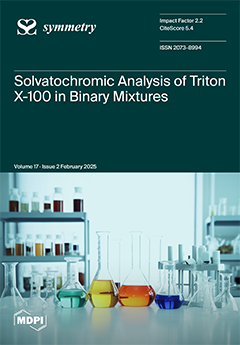Inverse topological index problems involve determining whether a graph exists with a given integer as its topological index. One such index, the
Mostar index,
, is defined as
where
and
represent the number of vertices closer to vertex
u than
v and closer to
v than
u, respectively, for an edge
. The inverse Mostar index problem has gained significant attention recently. In their work, Alizadeh et al. [Solving the Mostar index inverse problem, J. Math. Chem. 62 (5) (2024) 1079–1093] proposed the following open problem: “Which nonnegative integers can be realized as Mostar indices of
c-cyclic graphs, for a given positive integer
c?”. Subsequently, one of the present authors [On the inverse Mostar index problem for molecular graphs, Trans. Comb. 14 (1) (2024) 65–77] conjectured that, except for finitely many positive integers, all other positive integers can be realized as the Mostar index of a
c-cyclic graph, where
. In this paper, we address the inverse Mostar index problem for
c-cyclic graphs. Specifically, we construct infinitely many families of symmetric
c-cyclic structures, thereby demonstrating a solution to the inverse Mostar index problem using an infinite family of such symmetric structures. By providing a comprehensive proof of the conjecture, we fully resolve this longstanding open problem.
Full article





